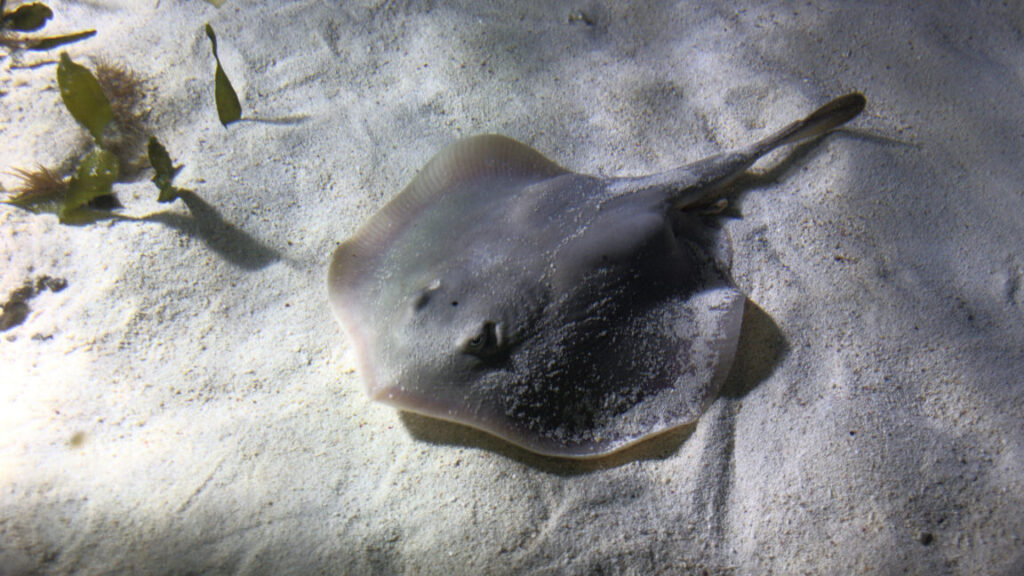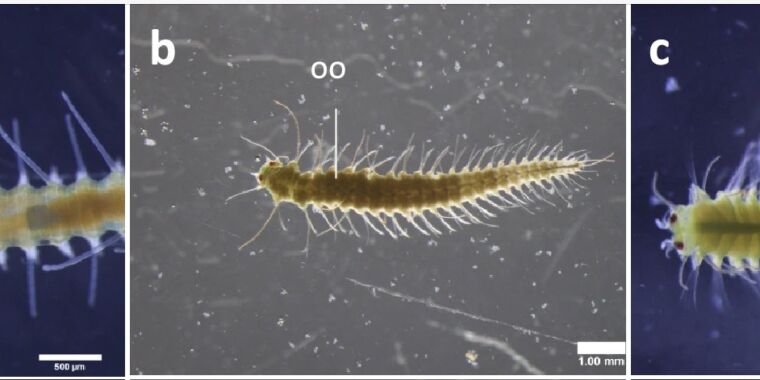We probably inherited our joints from… a fish
What do we have in common with fish, besides being vertebrates? The types of joints we (and most vertebrates) share most likely originated from the same common ancestor. But it’s not a feature that we share with all vertebrates.
Humans, other land vertebrates, and jawed fish have synovial joints. The lubricated cavity within these joints makes them more mobile and stable because it allows for bones or cartilage to slide against each other without friction, which facilitates movement.
The origin of these joints was uncertain. Now, biologist Neelima Sharma of the University of Chicago and her colleagues have taken a look at which fish form this type of joint. Synovial joints are known to be present in jawed but not jawless fish. This left the question of whether they are just a feature of bony skeletons in general or if they are also found in fish with cartilaginous skeletons, such as sharks and skates (there are no land animals with cartilaginous skeletons).
As Sharma and her team found, cartilaginous fish with jaws, such as the skate embryos they studied, do develop these joints, while jawless fish, such as lampreys and hagfish, lack them.
So what could this mean? If jawed fish have synovial joints in common with all jawed vertebrates, including us, it must have evolved in our shared ancestor.
Something fishy in our past
While the common ancestor of vertebrates with synovial joints is still a mystery, the oldest specimen with evidence of these joints is Bothriolepis canadensis, a fish that lived about 387 to 360 million years ago during the Middle to Late Devonian period.
When using CT scanning to study a Bothriolepis fossil, Sharma observed a joint cavity between the shoulder and pectoral fin. Whether the cavity was filled with synovial fluid or cartilage is impossible to tell, but either way, she thinks it appears to have functioned like a synovial joint would. Fossils of early jawless fish, in contrast, lack any signs of synovial joints.
We probably inherited our joints from… a fish Read More »


